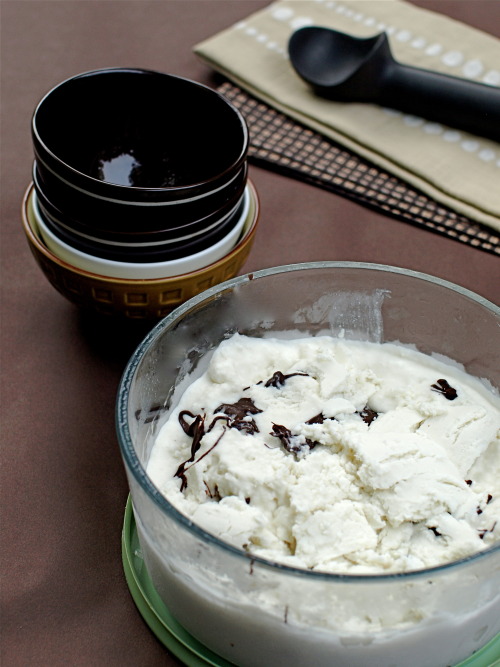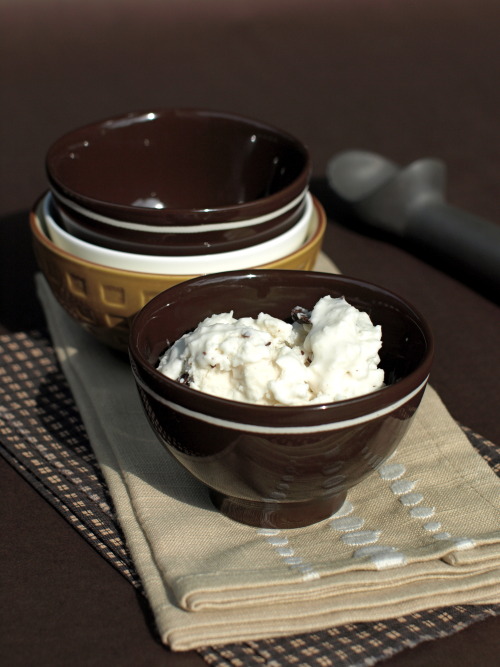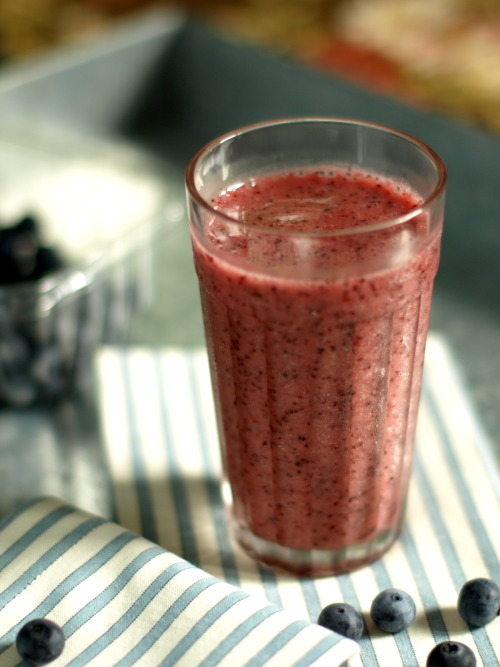
I’m always interested in the health benefits of food. Having no formal education in nutrition I’m reliant upon online resources for information about whether ingredients are part of the “good” list—or the “bad” list.
But, wow, the information can be so confusing! Good fats. Bad fats. How foods are processed. What’s added to them. How much does the processing of any food diminish it’s nutritional value? When are the nutrients good for you and when aren’t they—is it possible you can consume too much of a good thing? And, then does it become a bad thing?
You know what I mean.
Yeah, you guessed it. I love coconut and wanted to understand and share its health benefits with you. In reading a little here and a little there I learned coconut milk, coconut meat, and coconut water vary in their nutrition profiles. Even more so when they are fresh vs. processed (as is usually true).
- Coconut contains lauric acid, which is anti-viral, anti-bacterial, anti-microbial and anti-fungal. Good!
- It provides essential minerals like magnesium, selenium, phosphorus, and potassium which helps to relax muscles, minimize inflammation, strengthen bones and lower blood pressure. Good!
- It’s high in Vitamin C. Good!
- Coconut is high in fiber. Good!
- Coconut milk in it’s fresh form is much more nutritious than canned coconut milk. And, fresh coconut water seems to be the best of the best. Hmmm. Good, but only if you get fresh coconuts to extract your own water and milk. Canned coconut milk still has many of the vitamins and minerals of fresh coconut milk but at a fraction of it’s fresh sibling.
- Coconut products are high in saturated fats which is cause for concern because of its effect on heart health. However, there are mixed camps on this since some data suggests because the fat in coconut is a medium-chain fatty acid it’s metabolized differently and doesn’t have the same harmful effects on our bodies as foods with long-chain fatty acids (found in meats and dairy products). Good or bad?
Many sites will sing the praises of coconut—from it’s ability to make your hair shine to improving your immune system. Certainly some of this must be accurate and true.
For certain I know this is true—I love coconut. Always have. Always will. And, thank goodness because it makes great non-dairy ice cream!
The coconutty flavor in Mounds of Coconut Ice Cream is boosted by the inclusion of organic creamed coconut and unsweetened shredded coconut which creates a creamy and chewy texture. This ice cream would be absolutely perfect frozen into bars. That’s what I’m going to do next time I make it.

Mounds of Coconut Ice Cream
Mix together in a large glass measuring cup (4 cup size or bigger) or ceramic bowl:
1 package (7 oz.) Let’s Do Organic Creamed Coconut, broken into pieces
1 cup hot water
Cover and let the coconut and water sit for about 15 minutes until the coconut begins to dissolve.
Add in and mix together with a stick blender:
Cream from the top of one can of coconut milk (use full fat coconut milk; do not shake the can; retain the coconut water on the bottom of the can for another use)
4 tablespoons agave nectar (more or less to your preference)
¼ teaspoon sea salt
Place in the refrigerator for a few hours or overnight until really cold – I actually placed the mixture into the freezer for about an hour and a half. Worked perfectly.
Mix in with the stick blender until the coconut mixture is just a little chunky:
2 cups flaked unsweetened coconut
Freeze according to your ice cream maker instructions.
While your ice cream is freezing it’s time to melt the chocolate.
Place in a microwavable bowl and heat in 30-second intervals, stirring between each, until melted (total time about a minute; if more time is needed reduce the time of the intervals making sure to stir between each):
½ cup Enjoy Life Chocolate Chips
Scoop half the coconut ice cream into a container and then drizzle half the melted chocolate over top. Repeat. Store in the freezer.
Coconut milk ice cream usually needs to thaw a bit before it can be scooped out easily.
PRINT RECIPE
 Jun 21, 2011 tagged
Jun 21, 2011 tagged  Dairy-free,
Dairy-free,  Egg-free,
Egg-free,  Gluten-free,
Gluten-free,  Vegan
Vegan 







